‘Once upon a time there was a land ruled by a king. He truly was the people’s king since he strived to work for the welfare of his subjects and his entire kingdom. The land was extensively blessed with nature, its lush green confines. The people may not have been filthy rich but they were a satiated lot, content with whatever they had.’ This seems like an excerpt from one of the stories we heard as children many years ago but it definitely is not someone’s figment of imagination because such a land really does exist! In fact it is situated on one of the borders of our country. Basically when a layman is asked to count India’s neighbouring countries, pat will come usual reply-Pakistan, Bangladesh, Nepal, Sri Lanka, Tibet and China but very rarely does anyone incorporate Bhutan into that list. This little country is situated somewhere between India and Tibet. It is this very nation that is synonymous to the happy land in the story. One of the many fascinating nuances of this country is that approximately 44 years ago, the king-Maharaj Druk Gyalpo Jimme Dorji Waangchuk passed on a resolution that his country’s progress should not be measured merely on the basis of GDP(gross domestic product) but mainly on the basis of GNP(gross national happiness). It is not customary that a nation which is generously permeated with all amenities, will have citizens who are truly content and satisfied. Happiness comes from within, hence for a nation to be truly happy there has to be a combination of services, amenities as well as a feeling of satisfaction which comes from the heart. The king had thus put forth his idea of true happiness in the midst of an era of industrialisation and infrastructure development. In a way he led the world to look beyond the progress and rather than focusing on it and ultimately find out how happy or sad we actually are. Even the UNO took notice of this idea and started to measure the happiness index across all the countries globally. Till date Bhutan rules the happiness index all over the world.
When seen on the world map, Bhutan appears as a tiny speck amidst other gargantuan nations. The Himalayas towards its north and further bordered by Sikkim, West Bengal, Assam, Arunachal Pradesh. In the North, Tibet, which is a part of China, is an autonomous region. Bhutan’s shape mimics that of Kerala. The tallest peaks of the Himalayas lie to the North of Bhutan. At a height of approximately 24,840 ft., the Gangkhar Pensum is the tallest mountain in Bhutan. It has been proclaimed as the ‘world’s highest unclimbed mountain’ since no one has so far trekked to the summit. On account of the tall Himalayan mountain range, while travelling in Bhutan one has to cross a number of gorges along the way. These gorges are known a ‘La’ in the local dialect with examples such as Chele La, Dochu La, Pele La, Yotang La etc. The glaciers in the northern region of Bhutan give rise to rivers which ultimately provide water for agriculture. Drangmo Chu, Punatsang Chu, Vaang Chu and Amo Chu are the 4 most prominent rivers in Bhutan. These rivers originate in the Himalayas then join the Brahmaputra River in India, further they meet the Ganga in Bangladesh which is known as the river Padma and ultimately exit into the Bay of Bengal. Owing to these geographical factors, Bhutan has been blessed with a rich diversity in terms of flora and fauna. 70% of the land in Bhutan is covered by dense forests out of which 60% is protected. Also out of the total number of plants growing in the Himalayas, 60% of them are found in Bhutan. 46 types of Rhododendron, fascinating animals like Bengal Tiger, Snow Leopard, Himalayan Black Bear, Clouded Leopard, Kasturi Mrug, Barasingha, Red Panda, Tibetan Wolf etc. are also found here. In addition to that an animal which is a combination of a goat and a cow is found at a height of 12,000 feet here, it is known as a Takin. The ‘Takin’ is the national animal of Bhutan. Approximately 770 types of birds are found here, out of which 221 are endemic. The Raven is Bhutan’s national bird. This bird symbolises the guardian deity of Bhutan-Gonpo Jadonchenche.
The name ‘Bhutan’ is said to have its origins in the Sanskrit language wherein upon splitting the words we get ‘Bhot Anta’. In ancient times Tibet was known as Bhot in India and where Tibet ends geographically and politically, Bhutan begins. Some theorists say that ‘Bhu Utan’ means an elevated land and Bhutan thus gets its name from its geographical feature and location. The locals here also call Bhutan as the ‘Land of thunder dragon’ which is said to have been coined as a result of the thunderstorms evolving from the Himalayas. If we look into the History of Bhutan, it is very interesting to the note the fact that Bhutan was never a slave to any oppressive nation. Inspite of being surrounded by nations on all sides, Bhutan continued to retain its freedom. The Bhutan we see today is the result of a Lama known as Kgwanag Namayal in the year 1616. Then finally in the 19th century Umyen Wangchuk signed a friendly treaty with British in India. In the year 1947 when India got independence, Bhutan gave its approval for a free India and then signed a treaty of friendship with India. The winds of industrialisation and technology began to blow in Bhutan by the year 1950 and the King decided to provide impetus for the welfare of the people instead of an autocratic rule and thus established Bhutan’s National Assembly. The constitution of Bhutan came into being in the year 2005. In the year 2007 the first elections were conducted and finally Bhutan truly embraced democracy from then onwards. Nultum is Bhutan’s national currency and is connected with Indian currency. Indian currency is accepted in Bhutan. Amongst the world’s smallest economies, Bhutan’s economy is dependent mainly on agriculture and forest related businesses. Hydroelectric power is one of the top most exports of Bhutan and India is its number one importer.
As of today Bhutan’s primary religion is Buddhism. 75% of the entire population practises Buddhism. Buddhism was first introduced in Bhutan in the 7th century by the Tibetan king Songstan Gampo who built two Buddhist shrines in Bhutan during that period. Later on King Sindhu who was originally from India, further spread this religion in Bhutan in the 8th century. The influence of Buddhism is also seen on Bhutan’s national flag. The national flag of Bhutan is divided diagonally with a white dragon in the center of the flag. The dragon is snarling and clutches jewels in its claws. One half of the flag is orange representing the spiritual power in the country that is controlled chiefly by Drukpas monasteries and Buddhist religious practices. The other half of the flag is saffron yellow representing the temporal power in the country and the secular authority of the dynasty. The jewels in dragon’s claws represent the wealth and prosperity of the nation, mass consumption and lifestyle. Exploring Bhutan, you imagine yourself catapulted hundreds of years back. This is enhanced by its' people, hardly influenced by Western mass consumption & lifestyle. Instead they still wear their self-woven traditional outfits, leading a calm, simple and peaceful life. The first records of people settling in Bhutan go back 14.000 years ago. It is very well possible though that Bhutan was already inhabited by scattered clusters of tribes. The Drukpa are Bhutan’s indigenous population. They can be divided into three main ethnic groups: the Sharchops, Ngalops and Lhotsampas.
The Sharchop are believed to be Bhutan’s original inhabitants, living predominantly in Eastern Bhutan. Their roots lie in North Burma and Northeast India. Bhutan’s second tribe are the Ngalop. Importers of Buddhism to the kingdom, they migrated in the late 19th century from the Tibetan plains. You find them mainly in Western Bhutan. In the early 20th century, the Lhotshampa nestled in the southern plains of Bhutan, looking for agricultural land and work. They are of Nepalese origin and you’ll recognise them by their ‘topi’, a very specific headgear. This minority group was so heavily discriminated in the late 1980’s, that in 1990 they massively fled to Nepal. Nowadays they still can’t return back to Bhutan and live mostly in Nepalese refugee camps of the United Nations. Bhutan is a relatively egalitarian society where women enjoy equal rights with men in every respect. Because the kingdom is gender balanced, there never was any need for the upliftment of woman. They are actively involved in all ranges of Bhutan’s socio-economic development. The kingdom also never had a rigid class system. People's rank of birth doesn’t influence their opportunities on the social and educational ladder.
The Bhutanese people are fun loving people who celebrate a number of festivals. Archery is the national sport of Bhutan. Football is also very popular amongst the youth here and nowadays cricket is catching up too and there seems to be no dearth of cricket fanatics in Bhutan. One of the primary reasons as to why the people here were a satisfied and a happy lot was the restriction on the ‘idiot box’ or the television in layman terms till the year 1999.In addition to that this is the only country which has completely imposed a ban on tobacco.
Wow! Reading the above lines infuses a sense of awe in our minds. A country which is so small in size yet so happy with whatever little it has & we on the other hand have been facing so many problems and unhappy streaks for decades. It definitely acts as a wakeup call for all us Indians to take notice and to learn from a small country like Bhutan, to learn from its King who devised the calculation of its national happiness index instead of focusing on the gross domestic product. Such a progressive and selfless ideology of the king has perennially reflected upon the hearts and minds of the Bhutanese population which in turn translates into unadulterated happiness. So like Bhutan all the nations of the world need a ‘reality check’ in order to truly understand what happiness is and as to where they stand as human beings in the world.
Bhutan is a favourite amongst the Hollywood and Bollywood fraternity too. Movie stars regularly visit Bhutan’s resorts which by the way are very unique in terms of services and their eco-friendly characteristics. There are hi-end resorts too which charge up to Rs.50,000 per day. Important scenes of cult films such as ‘Batman Begins’ starring Christian Bale, directed by Christopher Nolan and ‘Dil Se’ starring Shahrukh Khan have also been shot in Bhutan. The Aparna Sen directed film ‘15 Park Avenue’ has also been shot here in addition to the Hollywood film ‘Happiness’ which was even nominated for the Golden Globe awards in the USA.
So what are you waiting for? Pack your bags and take an amazing trip with us to Bhutan in the summer months of April-May-June.











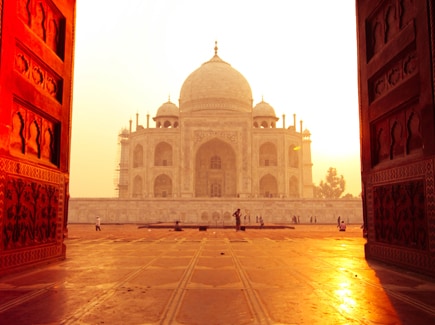

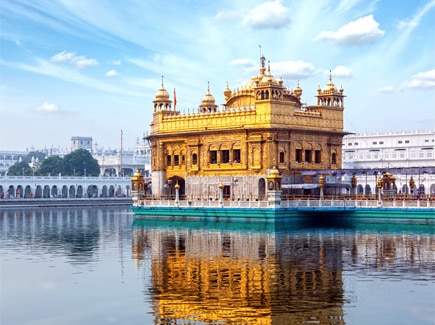
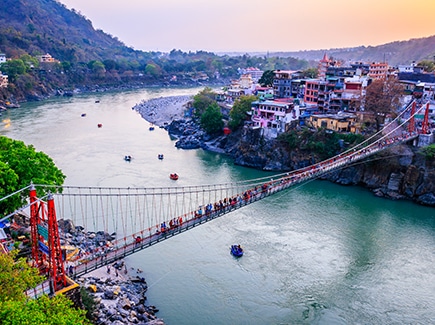


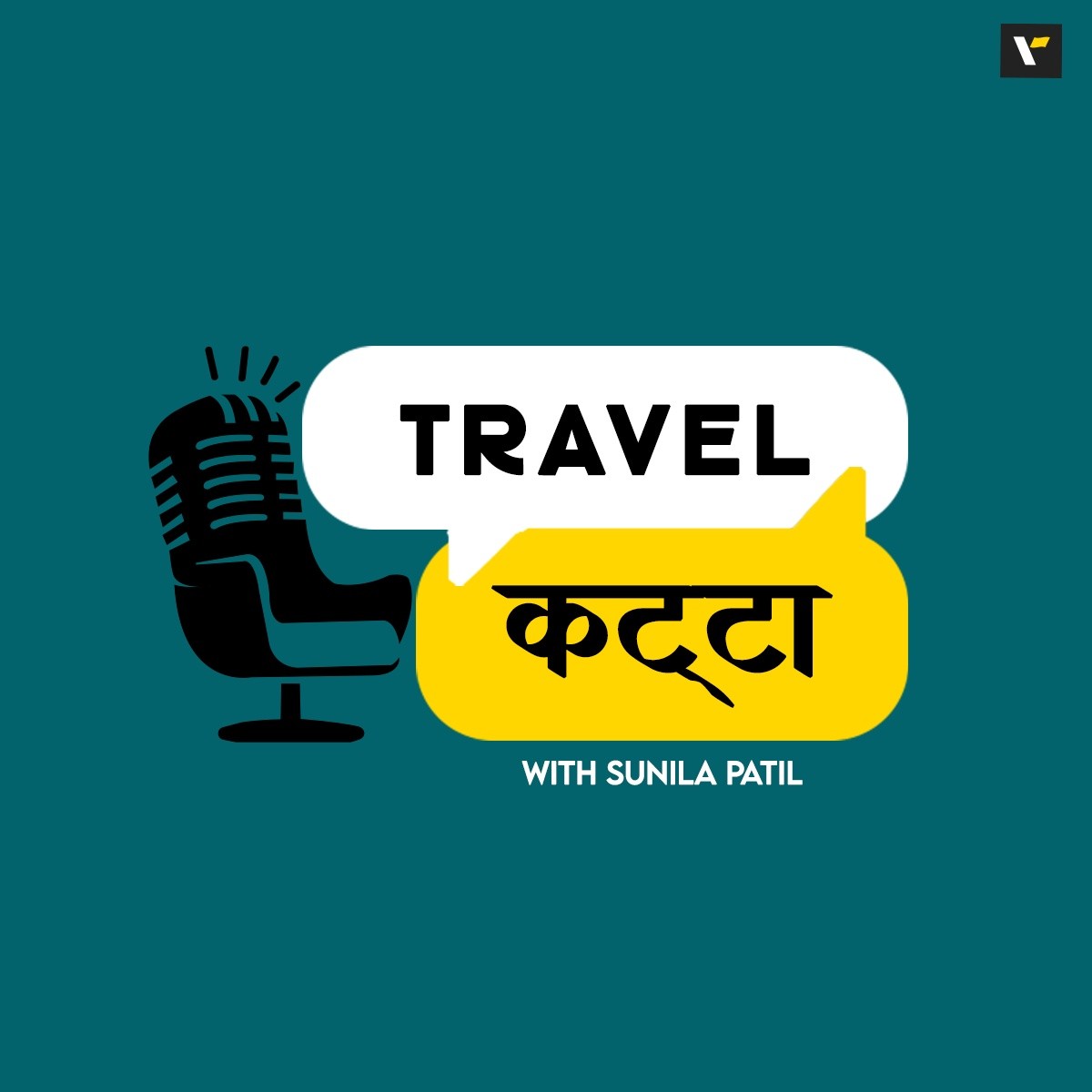
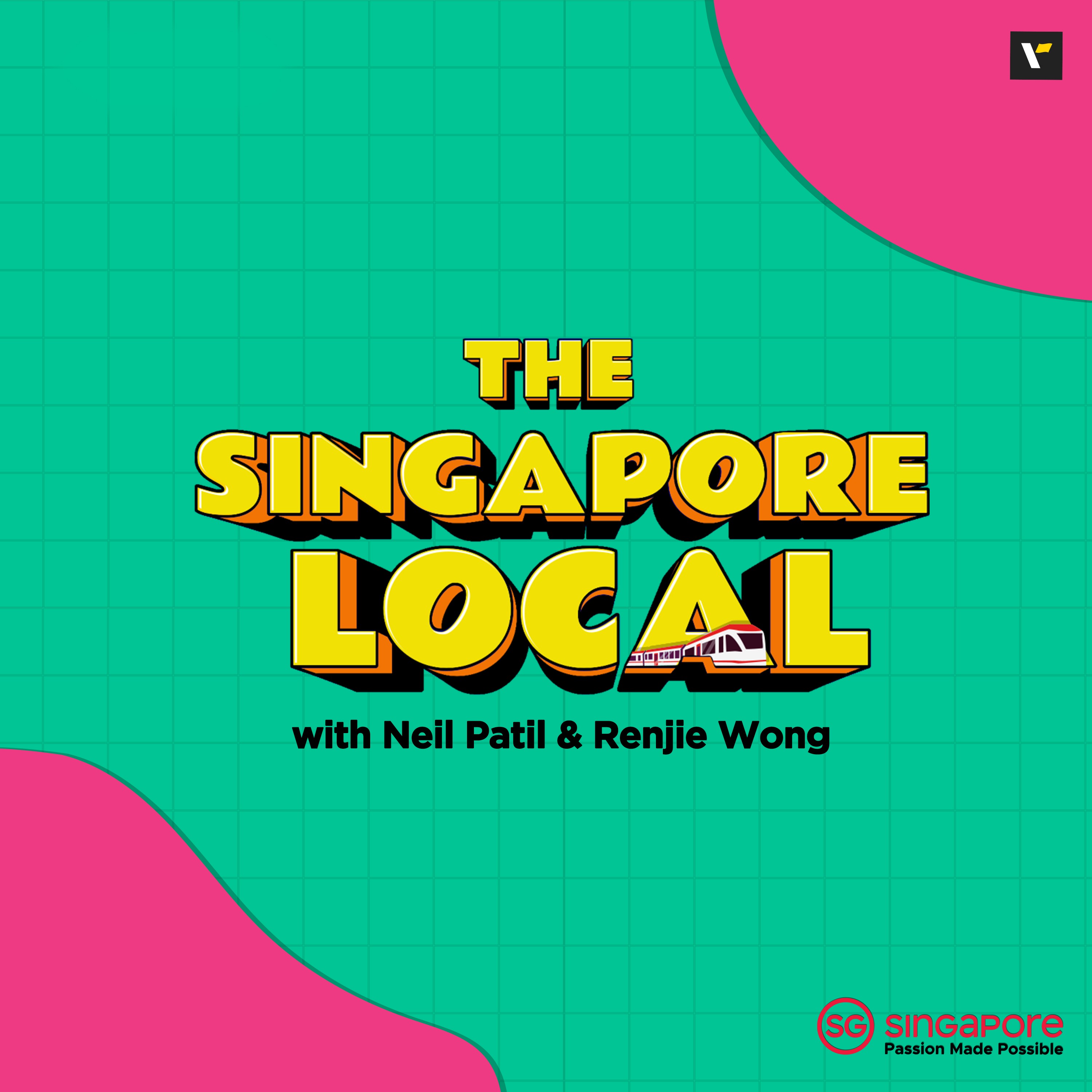








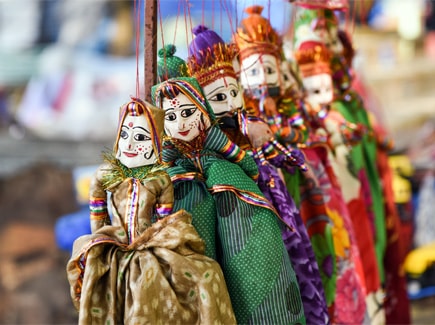


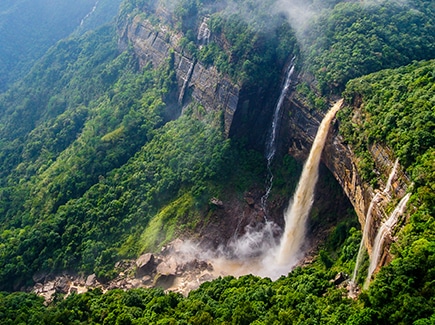
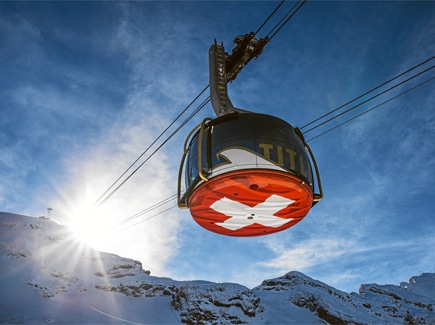
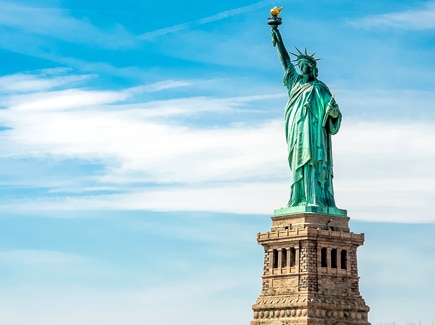

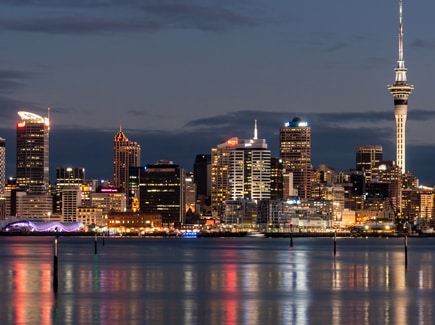

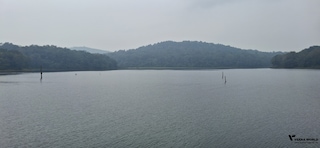
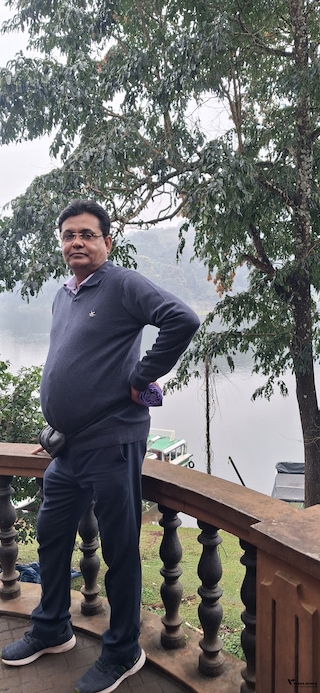
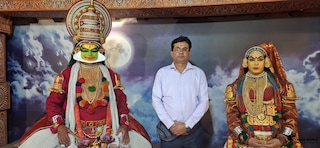




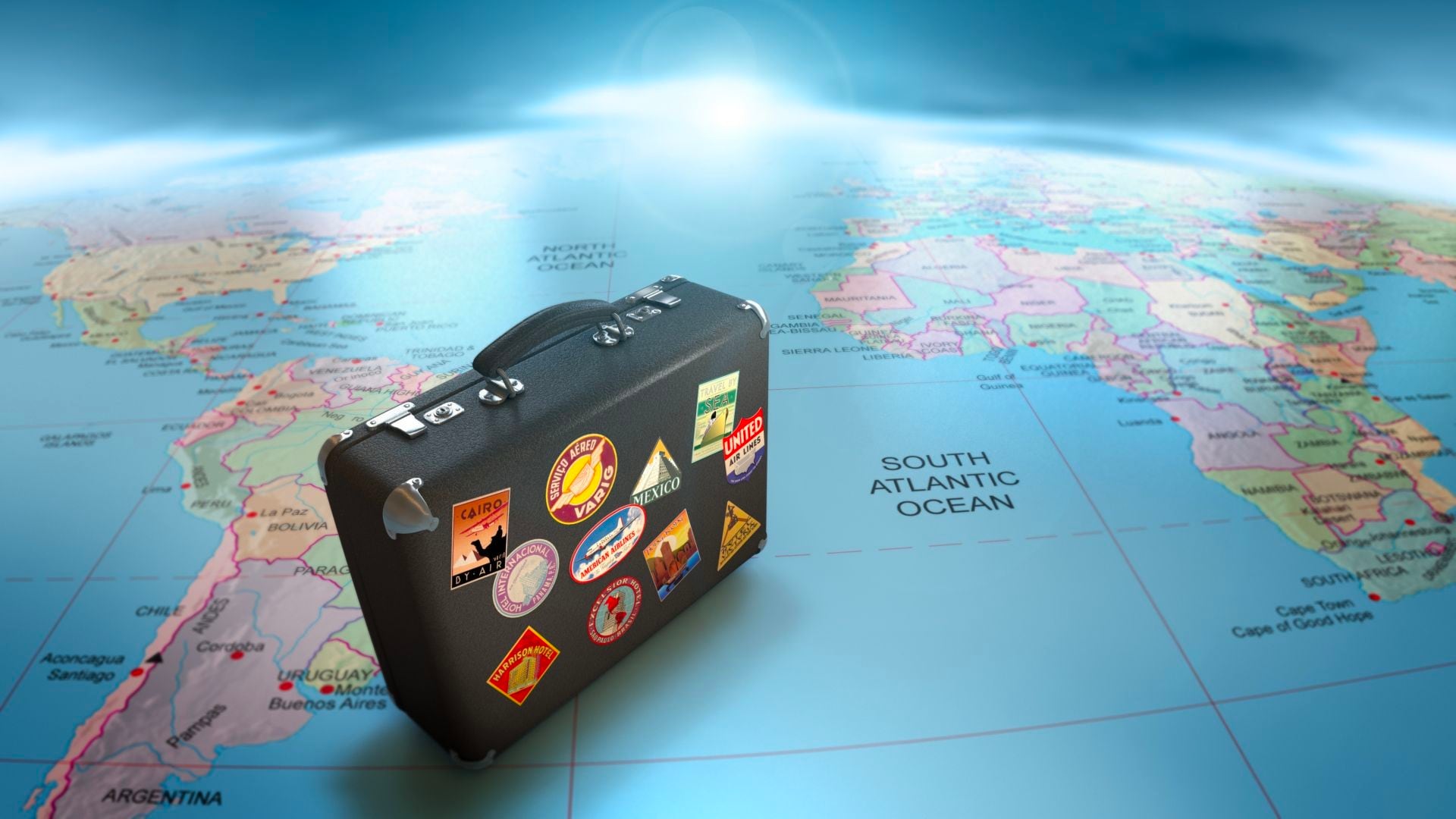

Post your Comment
Please let us know your thoughts on this story by leaving a comment.